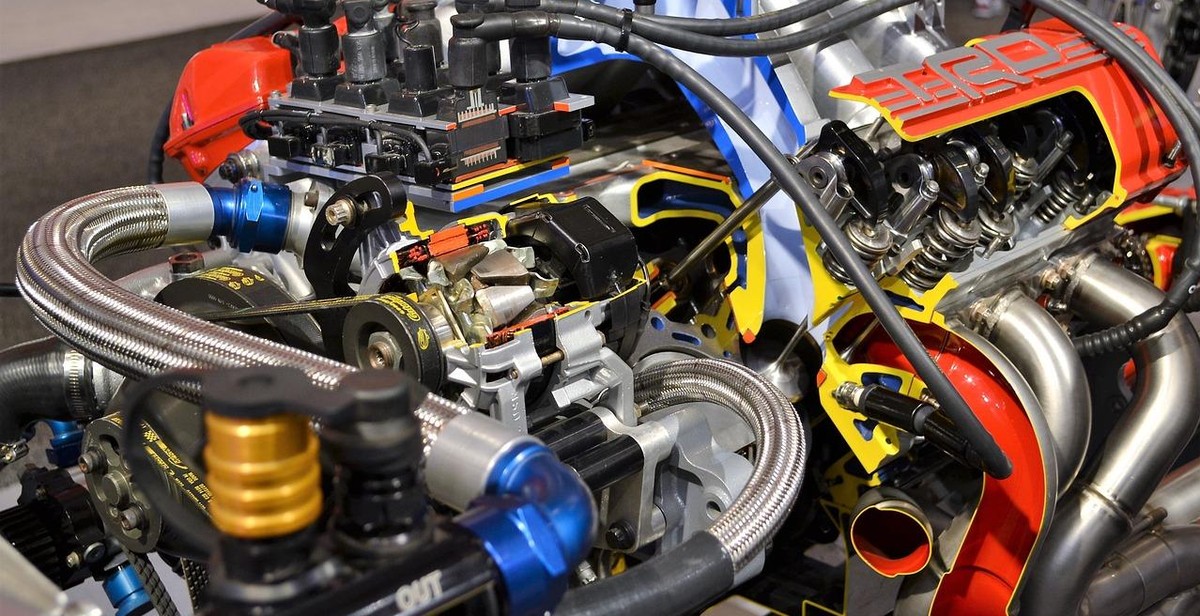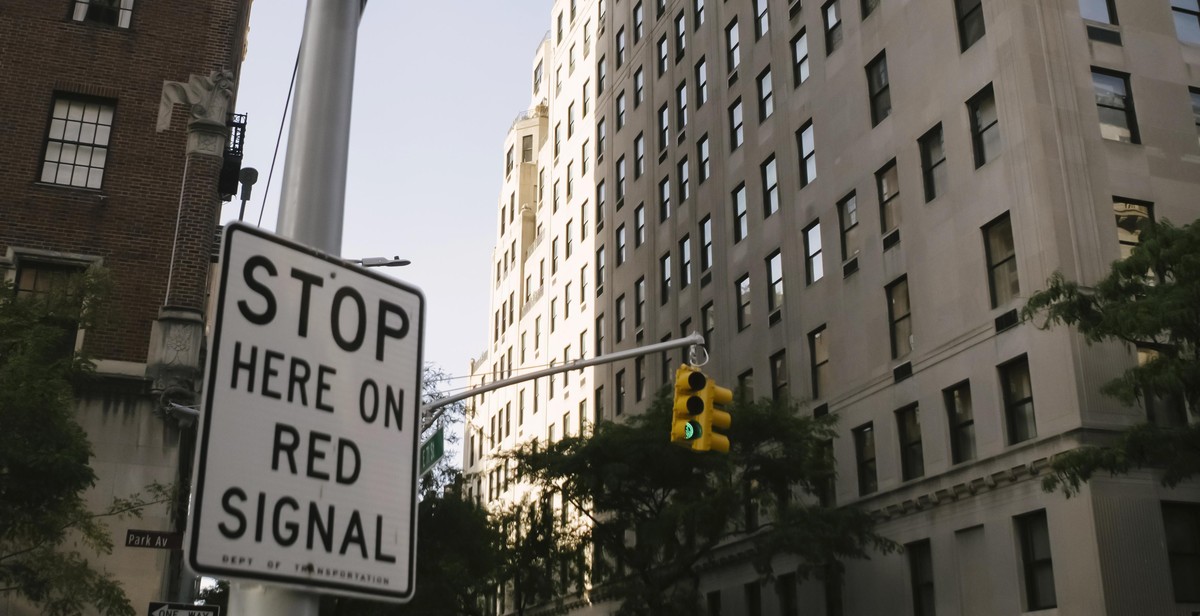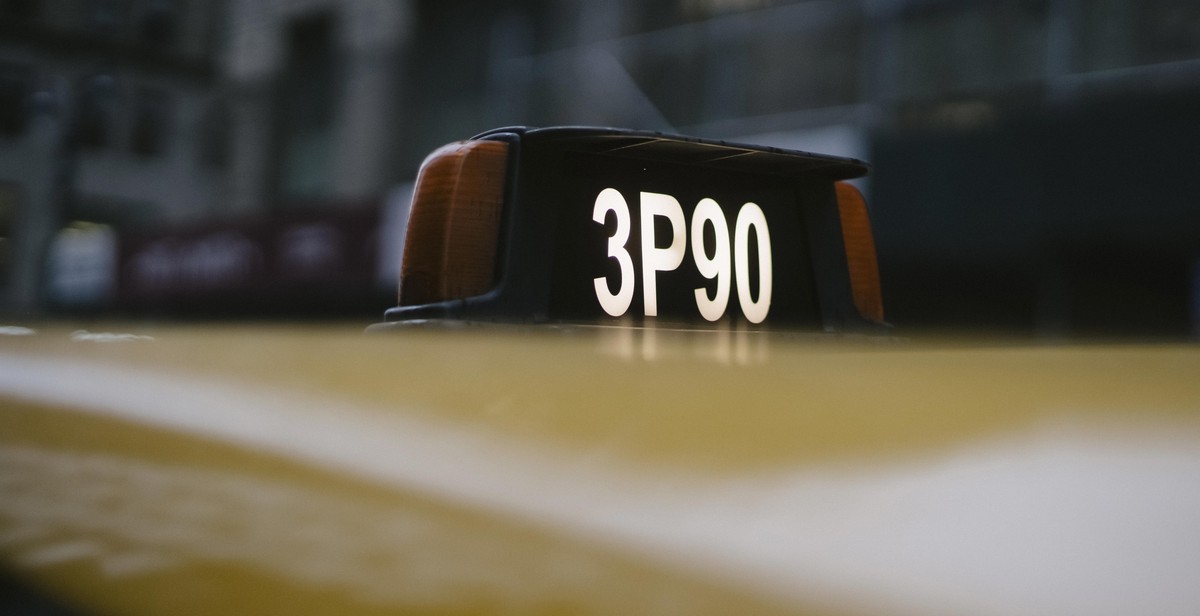How to Boost Electric Car Charging Speeds at Home and Public Stations
Electric cars have become increasingly popular over the years due to their eco-friendliness and cost-effectiveness. However, one of the biggest challenges faced by electric car owners is charging time. Charging an electric car can take anywhere from 30 minutes to several hours, depending on the charging station and the car’s battery capacity. This can be a major inconvenience for those who need to travel long distances or have busy schedules.
Fortunately, there are ways to boost electric car charging speeds both at home and public stations. This article will explore some of the most effective ways to speed up the charging process and reduce the time spent waiting for your electric car to charge.
Factors Affecting Electric Car Charging Speeds
Before we dive into the tips for boosting electric car charging speeds, it’s important to understand the factors that affect charging times. These include:
- The capacity of the car’s battery
- The type of charging station being used
- The power output of the charging station
- The temperature of the battery
By addressing these factors, you can significantly reduce the amount of time it takes to charge your electric car.

Understanding Electric Car Charging Speeds
Before we dive into ways to boost electric car charging speeds, it’s essential to understand the different charging levels and how they affect the charging time.
Level 1 Charging
Level 1 charging is the slowest charging option for electric cars. It uses a standard 120-volt household outlet and provides a charging rate of about 3-5 miles of range per hour. This charging option is best suited for those who only drive short distances and have access to an outlet near their parking spot.
Level 2 Charging
Level 2 charging is the most common charging option for electric cars. It uses a 240-volt charging station and provides a charging rate of about 25-30 miles of range per hour. This charging option is ideal for those who drive longer distances and need to charge their vehicles overnight or during the workday.
Most public charging stations and home charging stations are level 2 chargers. They offer a faster charging speed than level 1 chargers and are more convenient for daily use.
DC Fast Charging
DC Fast Charging is the fastest charging option for electric cars. It uses a specialized charging station that can provide a charging rate of up to 350 miles of range per hour. This charging option is best suited for long-distance travel and can charge an electric car up to 80% in just 30 minutes.
DC Fast Charging stations are typically found along major highways and in urban areas, making it easier for electric car owners to travel longer distances without worrying about running out of charge.
Summary
- Level 1 charging is the slowest charging option and provides a charging rate of about 3-5 miles of range per hour.
- Level 2 charging is the most common charging option and provides a charging rate of about 25-30 miles of range per hour.
- DC Fast Charging is the fastest charging option and provides a charging rate of up to 350 miles of range per hour.
Understanding these charging levels is essential when it comes to boosting electric car charging speeds. By choosing the right charging option and making use of the available charging stations, electric car owners can reduce their charging time and enjoy the benefits of driving an electric car.

Factors Affecting Charging Speeds
There are several factors that can affect the charging speed of an electric car, both at home and public charging stations. Understanding these factors is crucial to optimizing charging times and ensuring that your electric car is always ready to go.
Battery Capacity and State of Charge
The battery capacity and state of charge are two of the most important factors that affect charging speeds. The larger the battery capacity, the longer it will take to charge. Similarly, if the battery is already partially charged, it will take longer to charge to full capacity.
It is important to note that charging speeds also vary depending on the type of charger being used. For example, a Level 1 charger, which is typically used for home charging, can take up to 20 hours to fully charge a large battery. On the other hand, a Level 3 charger, which is typically found at public charging stations, can charge a battery to 80% capacity in as little as 30 minutes.
Charging Infrastructure
The charging infrastructure also plays a significant role in charging speeds. Public charging stations that are connected to a high-powered grid will be able to provide faster charging speeds than those that are connected to a lower-powered grid. Additionally, the number of available charging stations at a particular location can also impact charging speeds, as a higher demand for charging can lead to longer wait times.
Temperature and Weather Conditions
The temperature and weather conditions can also impact charging speeds. In colder temperatures, the battery may take longer to charge due to a decrease in its overall efficiency. On the other hand, in hotter temperatures, the battery may charge faster, but this can also lead to increased wear and tear on the battery over time.
| Factor | Effect on Charging Speeds |
|---|---|
| Battery Capacity and State of Charge | Longer charging times for larger batteries and partially charged batteries |
| Charging Infrastructure | Faster charging speeds with high-powered grids and more available charging stations |
| Temperature and Weather Conditions | Colder temperatures may lead to slower charging times, while hotter temperatures may lead to faster charging times but increased wear and tear on the battery |

Tips for Boosting Charging Speeds at Home
Electric vehicles (EVs) are becoming increasingly popular due to their eco-friendliness and cost-effectiveness. However, one of the biggest concerns of EV owners is the time it takes to charge their vehicles. Fortunately, there are several ways to boost charging speeds at home. Here are some tips:
Upgrade to a Level 2 Charger
Level 2 chargers are faster than Level 1 chargers, which are the standard chargers that come with most EVs. Level 2 chargers use 240 volts, while Level 1 chargers use 120 volts. Upgrading to a Level 2 charger can cut charging time in half. You can either install a Level 2 charger at home or use one at a public charging station.
Install a Dedicated Circuit
Installing a dedicated circuit for your EV charger can also boost charging speeds. A dedicated circuit ensures that the charger is the only device drawing power from the circuit, which minimizes the risk of overloading and short circuits. This means that the full power of the circuit is available for charging your EV, resulting in faster charging times.
Optimize Charging Schedule
Another way to boost charging speeds is to optimize your charging schedule. Charging your EV during off-peak hours, when electricity demand is lower, can result in faster charging speeds. Additionally, setting your EV to charge only up to a certain level, rather than a full charge, can also reduce charging time. This is because the last 20% of charging takes longer due to the way batteries are designed.
- Upgrade to a Level 2 charger to cut charging time in half
- Install a dedicated circuit for your EV charger to ensure maximum power availability
- Optimize your charging schedule to take advantage of off-peak hours and avoid the slower charging times for the last 20% of the battery
| Tip | Description |
|---|---|
| Upgrade to a Level 2 charger | Level 2 chargers are faster than standard Level 1 chargers and can cut charging time in half |
| Install a dedicated circuit | A dedicated circuit ensures maximum power availability for your EV charger and reduces the risk of overloading and short circuits |
| Optimize your charging schedule | Charging during off-peak hours and setting your EV to charge only up to a certain level can result in faster charging times |

Tips for Boosting Charging Speeds at Public Stations
While charging an electric car at home is convenient, sometimes you may need to charge your car on the go. Public charging stations are a great option, but they can be crowded and slow. Here are some tips to help you boost charging speeds at public charging stations:
Choose the Right Charging Station
Make sure to choose a charging station that is compatible with your electric car and has the fastest charging speed available. Some charging stations may have different charging speeds, so it’s important to choose the one that’s right for your car. You can use apps like PlugShare or ChargePoint to find charging stations near you and see their charging speeds.
Avoid Peak Charging Times
Charging stations can get crowded during peak hours, which can slow down charging speeds. Try to avoid charging during peak times, such as weekdays during rush hour or weekends during shopping hours. Charging during off-peak hours can also be more cost-effective, as some charging stations may offer lower rates during these times.
Monitor Charging Progress
Monitoring your charging progress can help you determine if you need to adjust your charging strategy. Some charging stations may have a display that shows the charging progress, while others may require you to use an app to monitor the progress. If you notice that the charging speed is slower than expected, you may need to adjust your charging time or choose a different charging station.
- Choose the right charging station
- Avoid peak charging times
- Monitor charging progress
By following these tips, you can boost your charging speeds at public charging stations and get back on the road faster.
Conclusion
In conclusion, electric cars are becoming more and more popular as people become increasingly concerned about the environment and the cost of gasoline. However, charging times can be a major issue for electric car owners. Fortunately, there are several ways to boost electric car charging speeds at home and public stations.
Firstly, upgrading your home charging infrastructure can make a huge difference. Investing in a Level 2 charger will allow you to charge your electric car faster than a standard Level 1 charger. Additionally, upgrading your home’s electrical panel can ensure that you have enough power to support your electric car charging needs.
Secondly, taking advantage of public charging stations can also help you boost your electric car charging speeds. Many public charging stations offer Level 3 charging, which can provide a full charge in as little as 30 minutes.
Finally, it’s important to remember that charging speeds can vary depending on the make and model of your electric car. Some electric cars are capable of faster charging speeds than others, so it’s important to do your research before purchasing an electric car.
Overall, with the right infrastructure and knowledge, electric car charging speeds can be boosted to make owning an electric car more convenient and practical than ever before.
